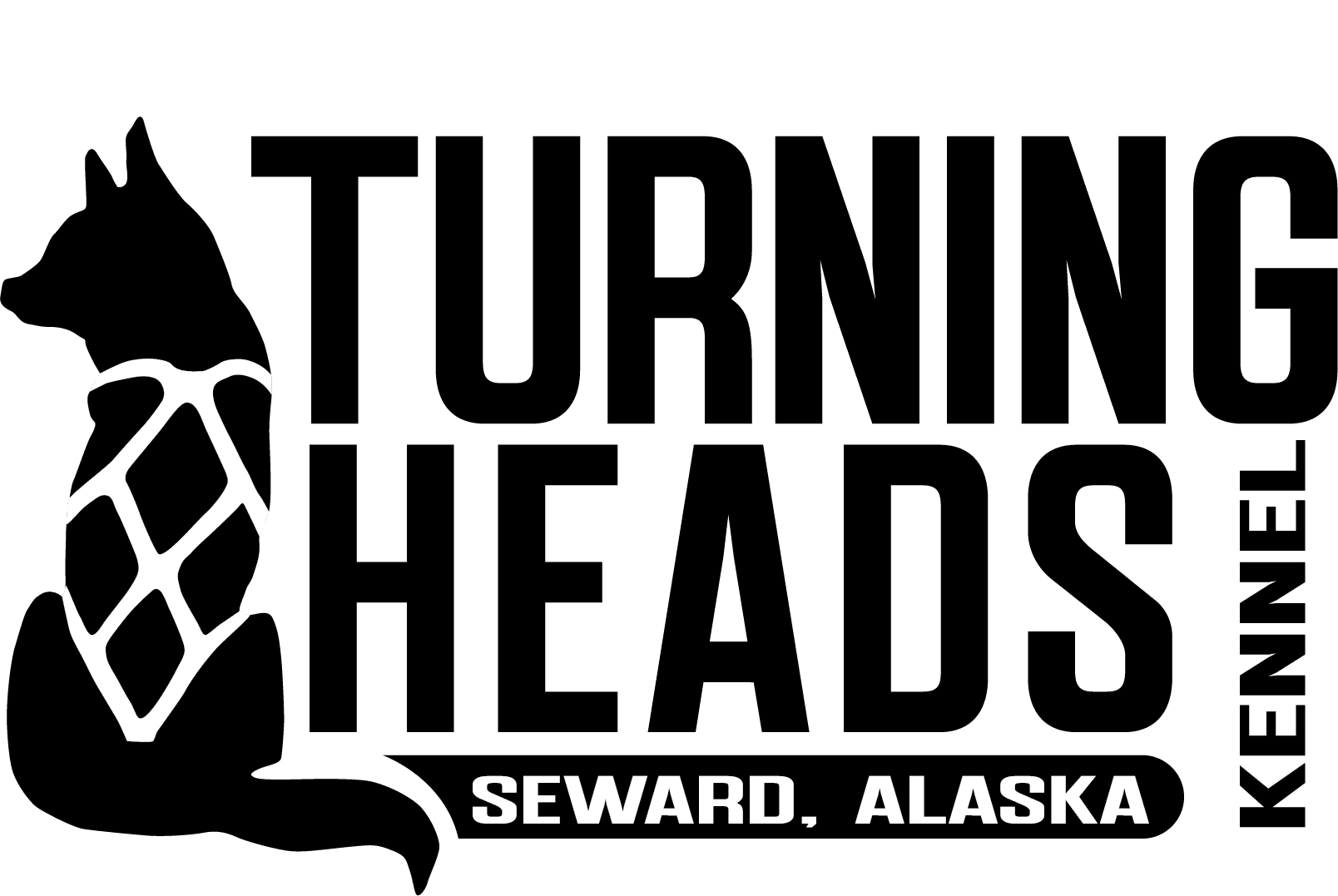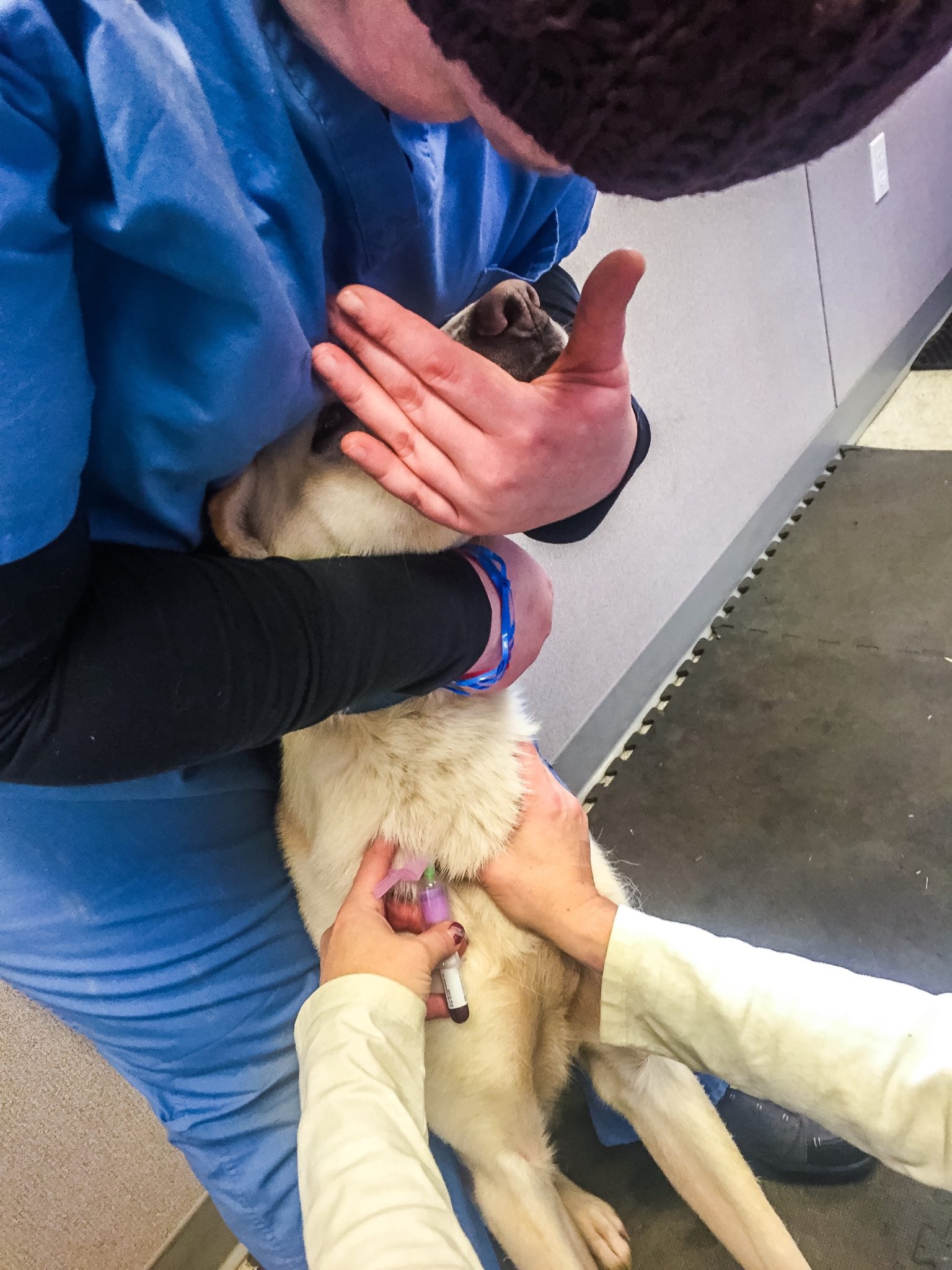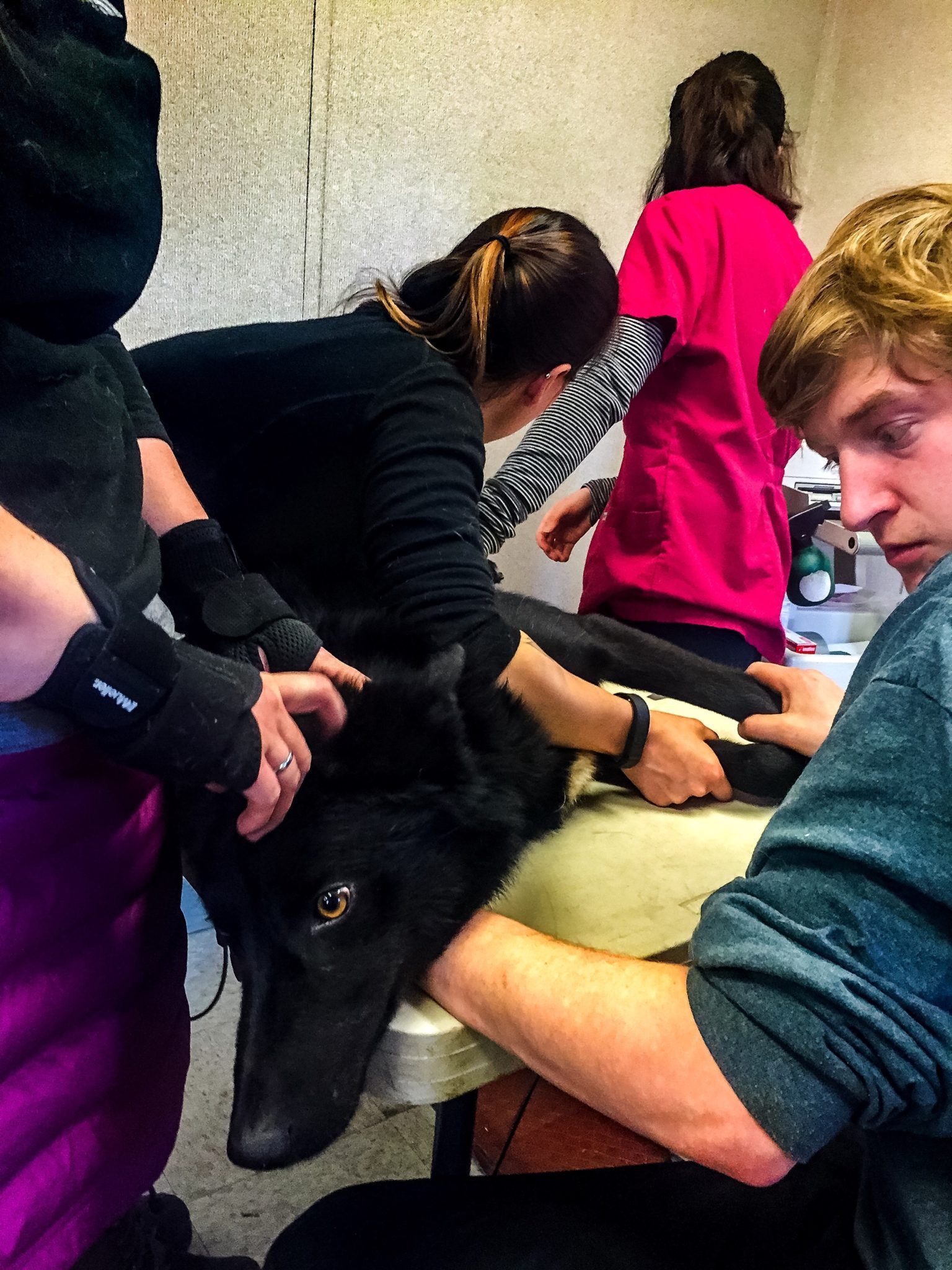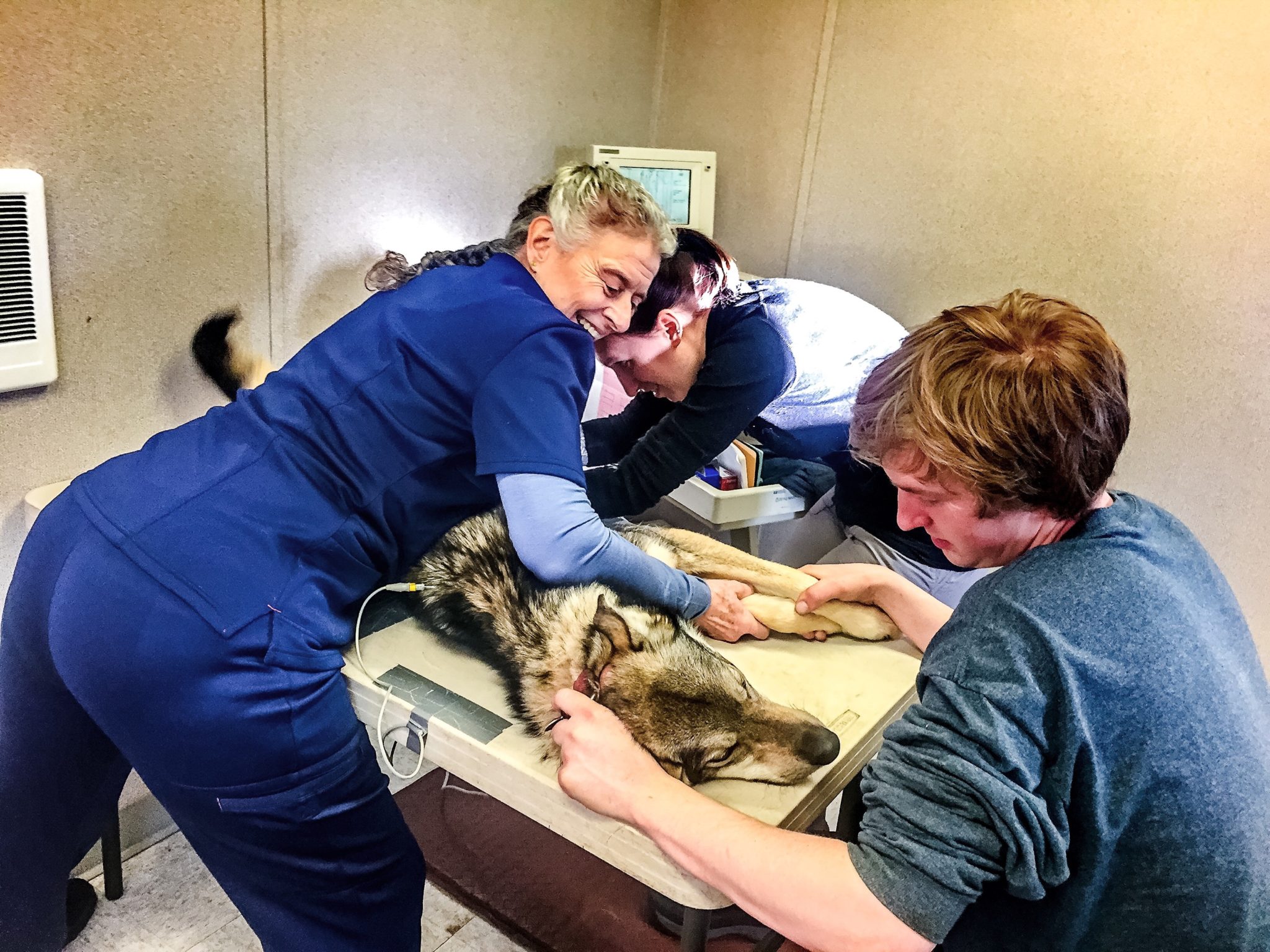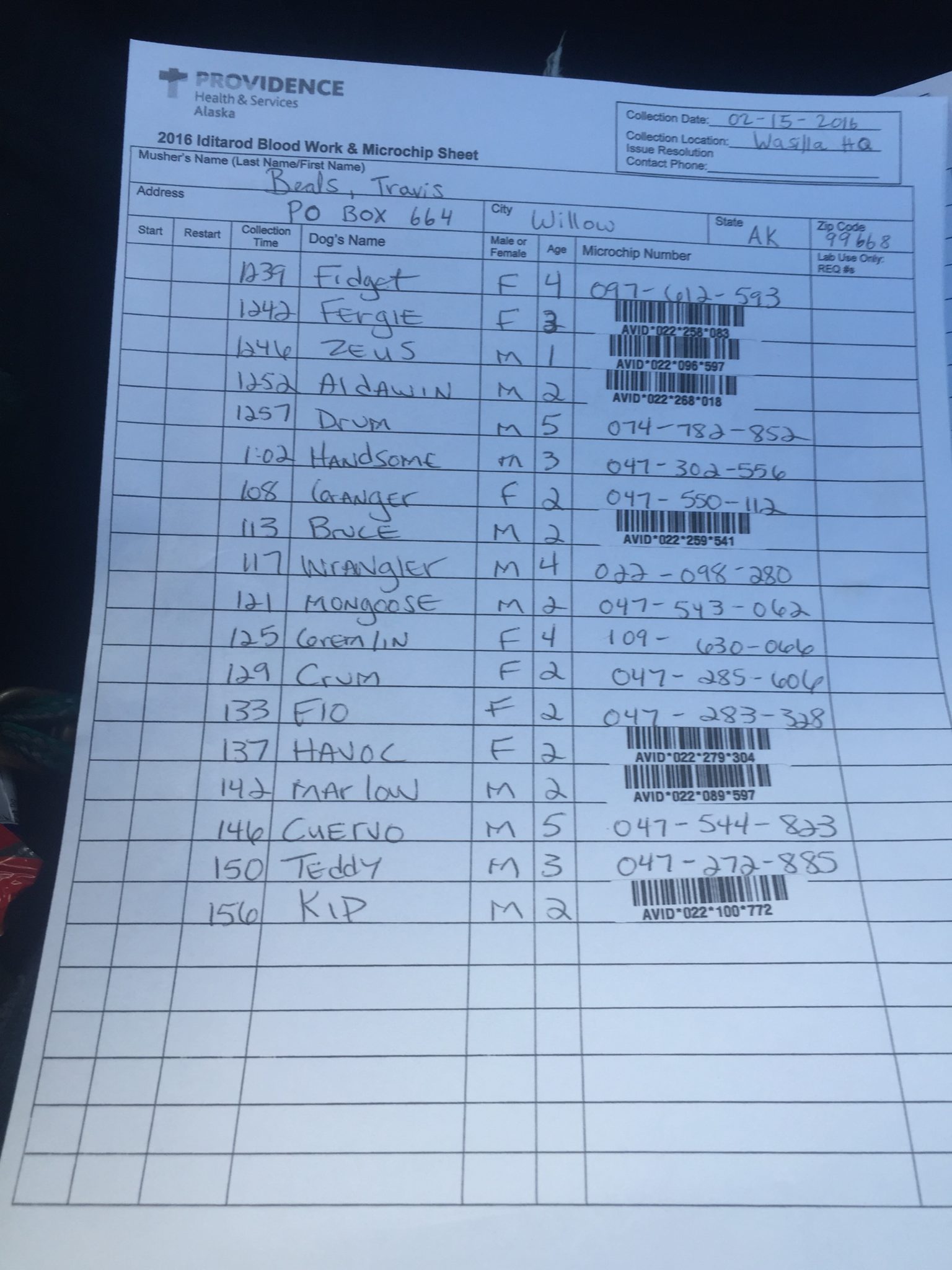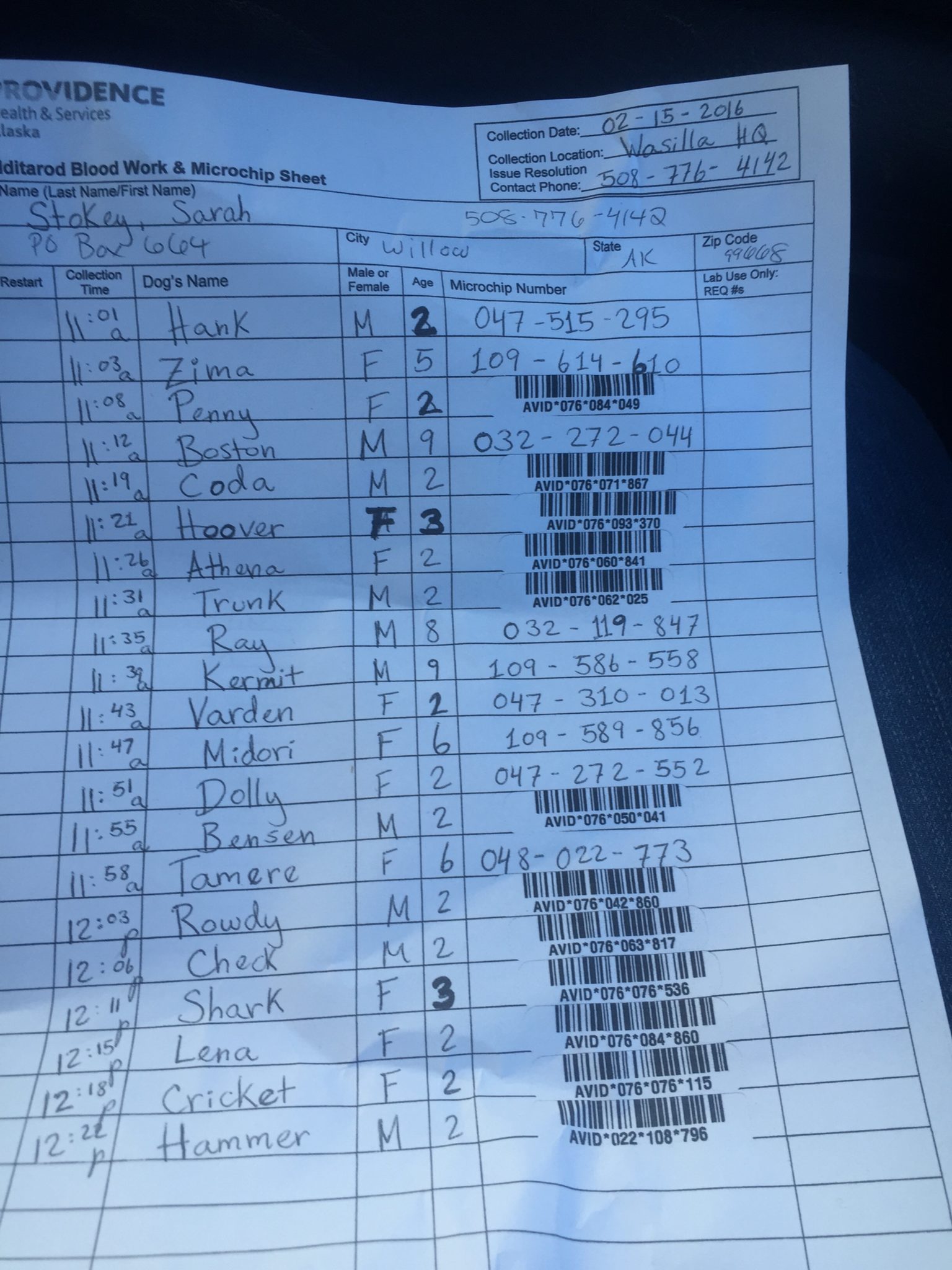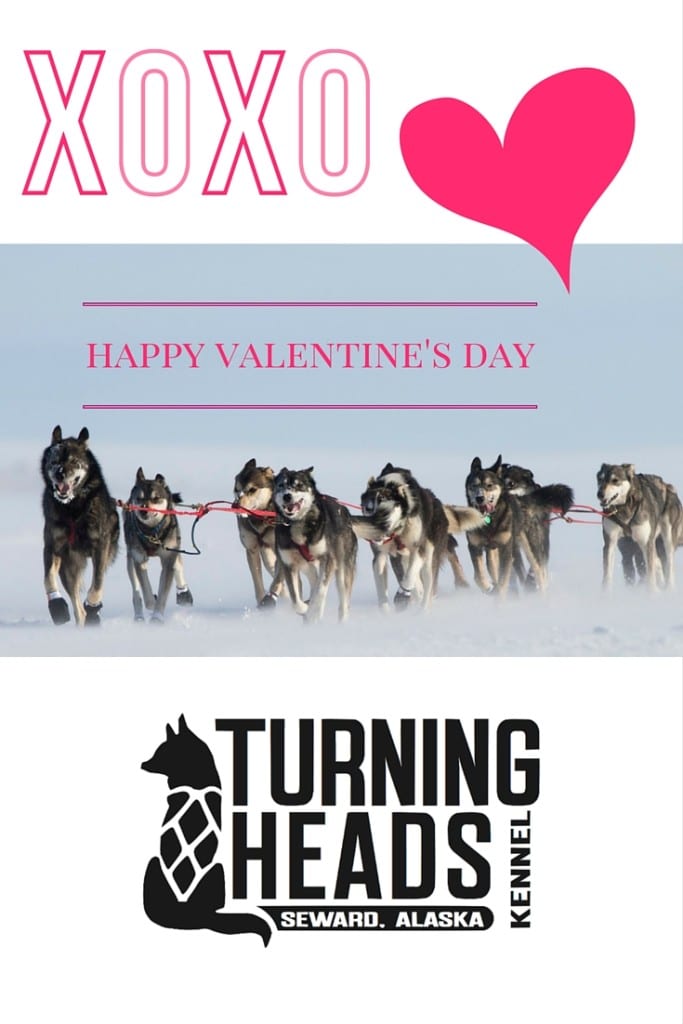Kip was one of the best new additions to Travis’ race team this year. This young dog has really come out of his shell as a powerhouse for enthusiasm and excitement. Kip is just as hapy to run as he is to cuddle up on the couch. He has an infectious attitude and is a very bright, peppy dog.
This year, Kip finished the Northern Lights 300, The Copper Basin 300, and the Iditarod. Kip has a fun, playful attitude and is really just a very happy-go-lucky sort of dog. This summer, we will continue developing Kip’s natural talent and begin working with him up front.
